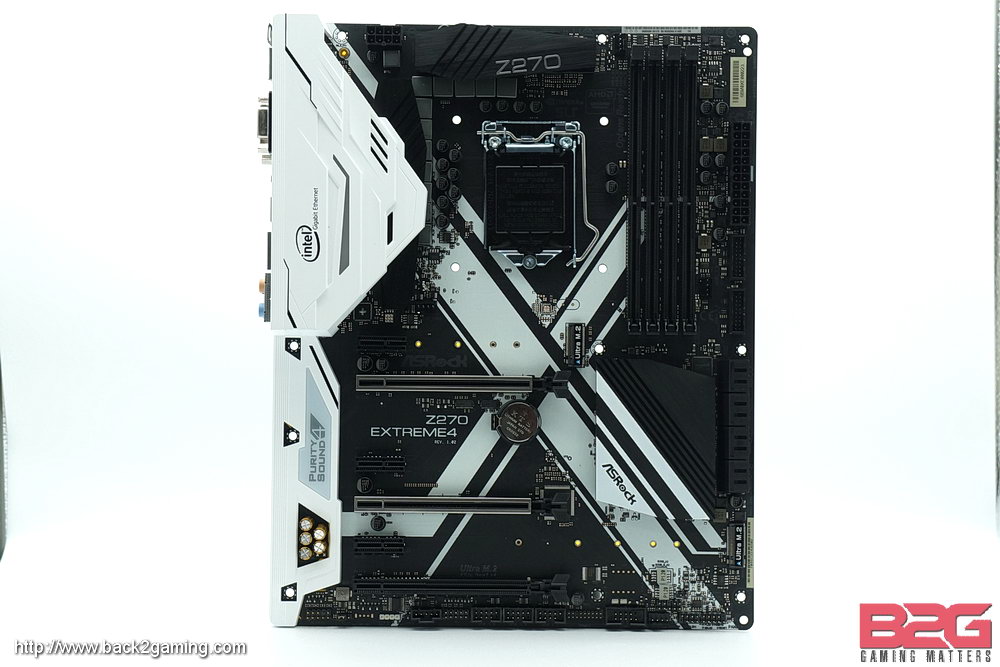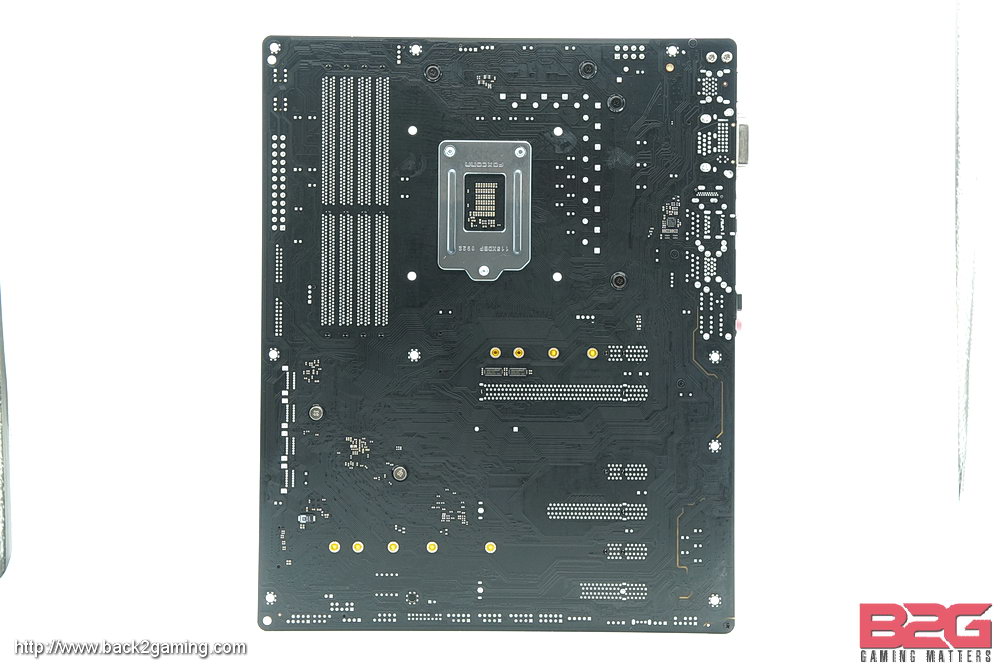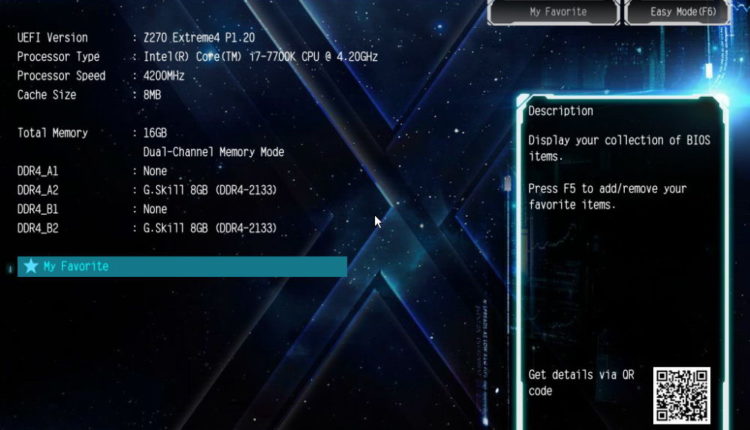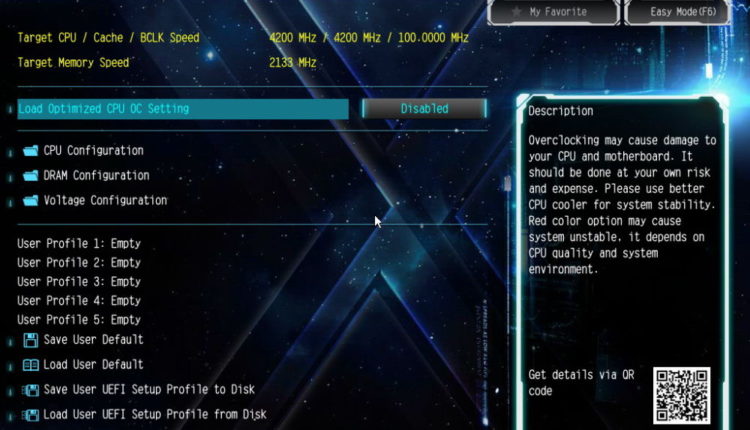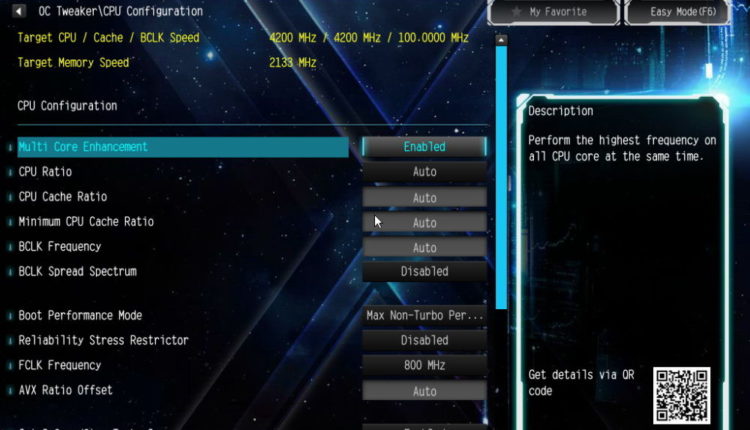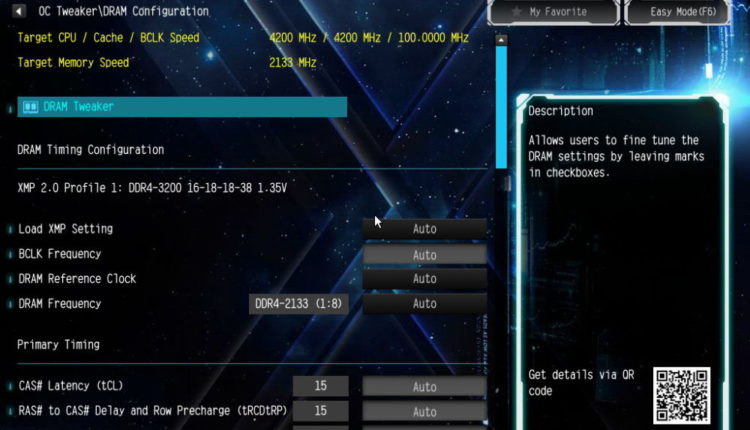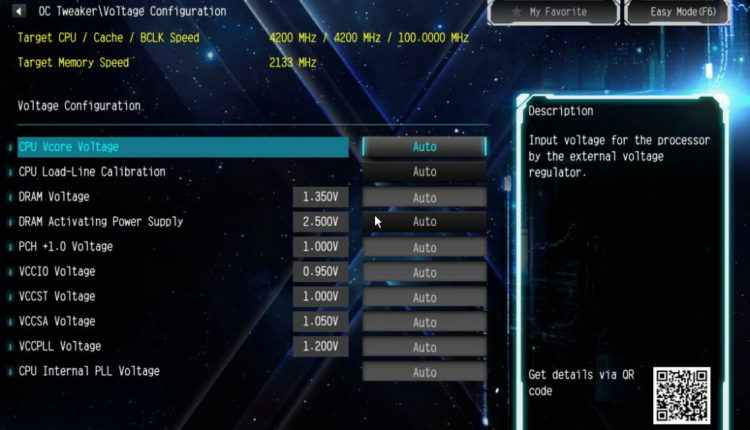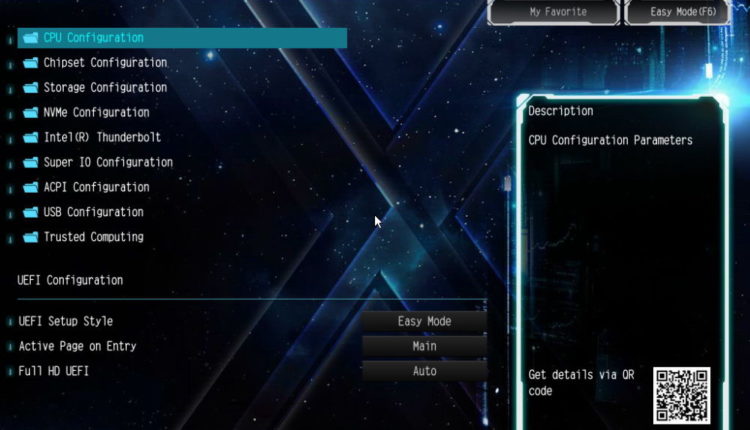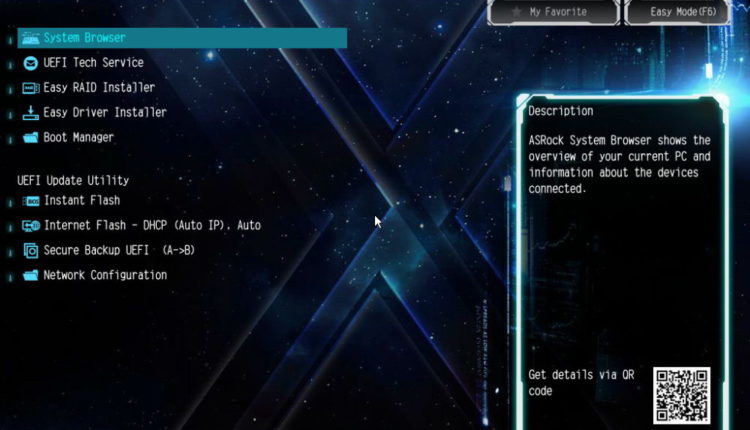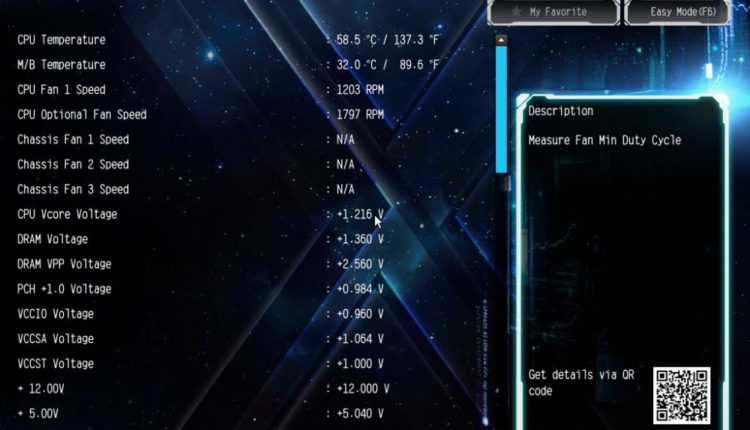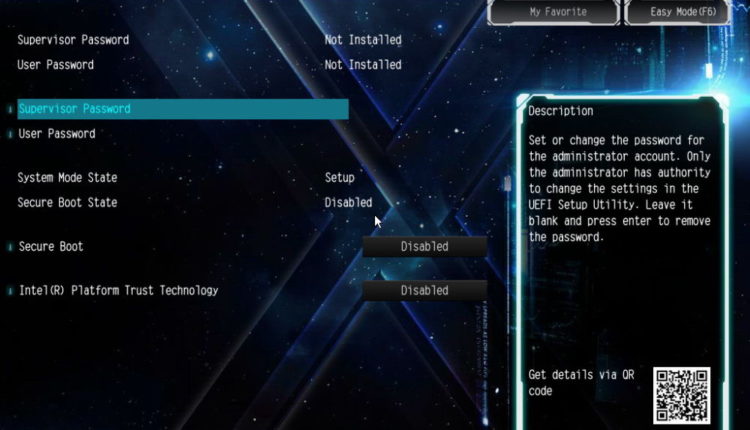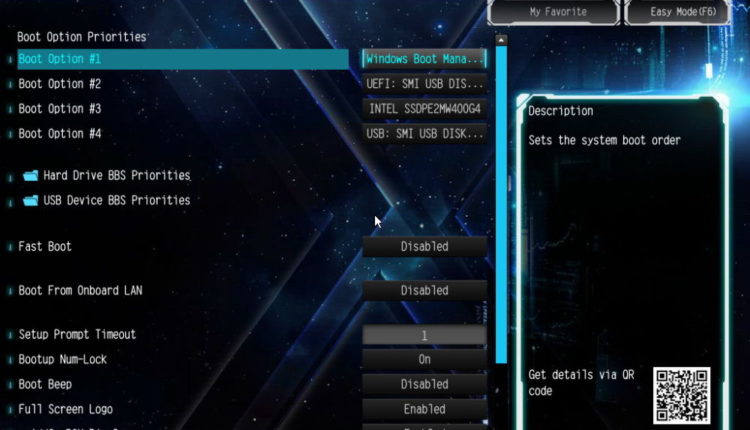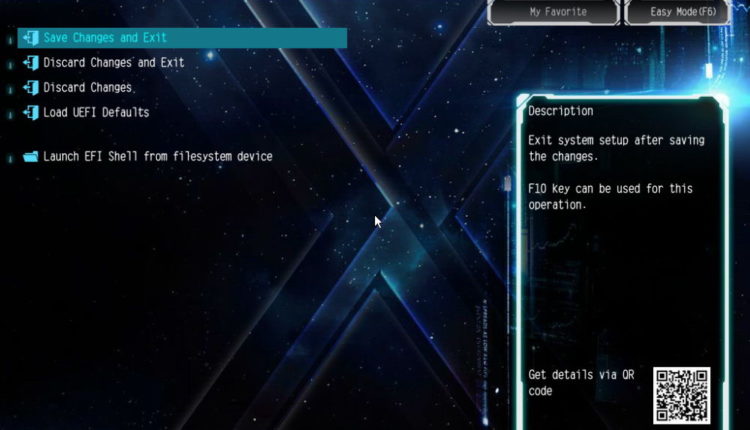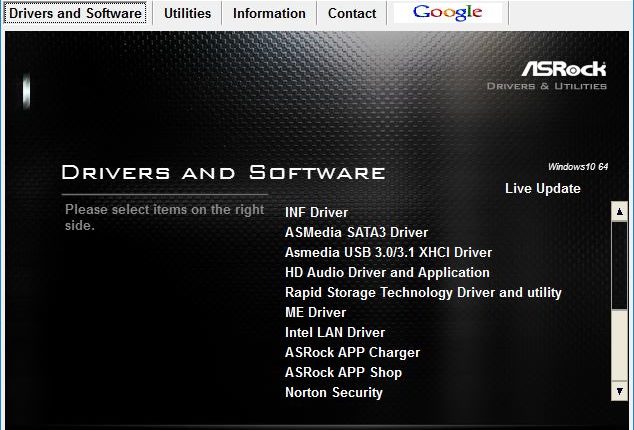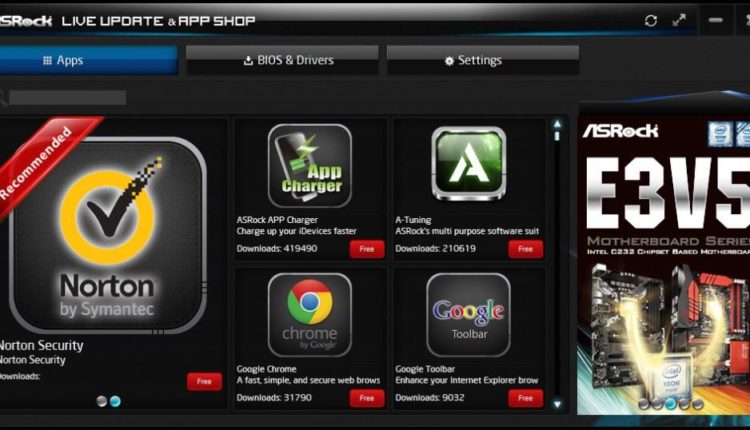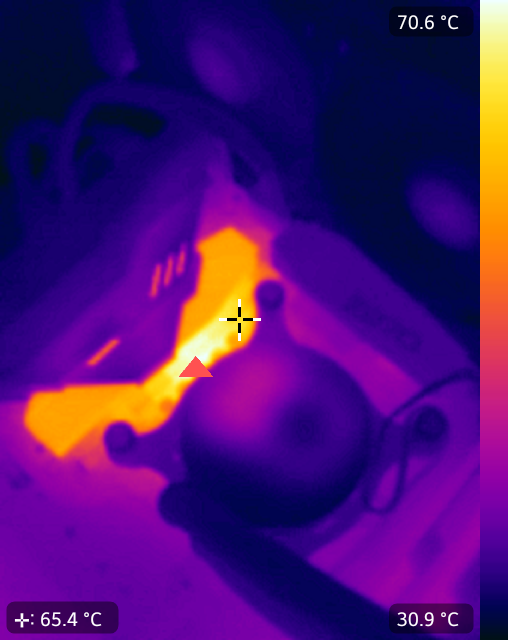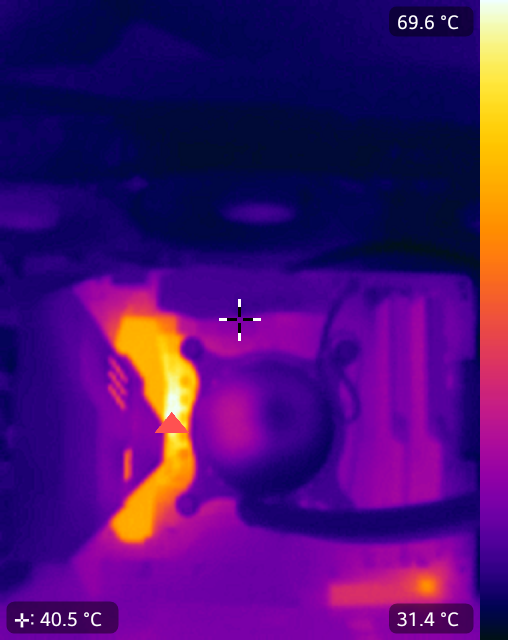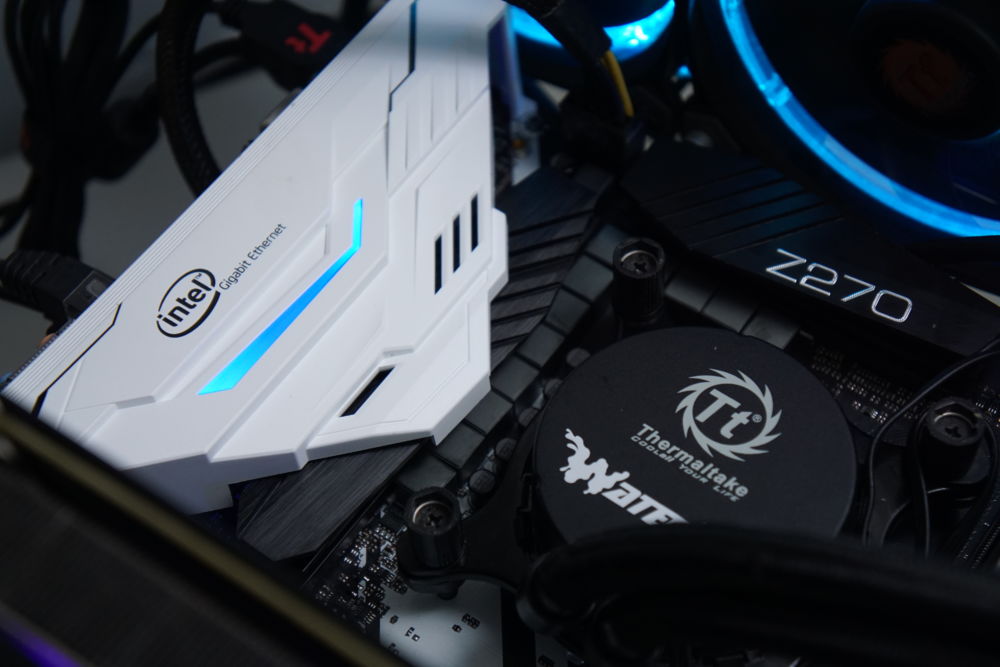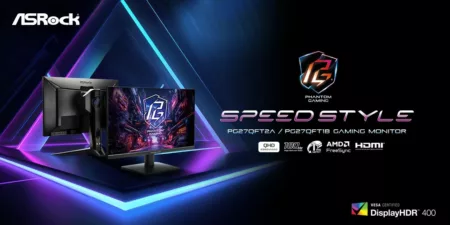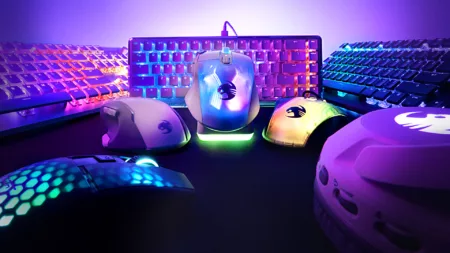Price / Where to Buy
USD: $205 ASRock Z270 Extreme 4
PHP: Php8370 (PCHUB)
It’s that time once again where we see the new waves of motherboard come in droves to usher in the new era of processors and its going to be a heated a year for AMD and Intel as they both set the stage for their new products. Ultimately, AMD is set to release a new product altogether but for Intel, they will be focusing on refining and optimizing their process this time around with the introduction of the new 14nm processor. While the processors have been known for a good while now, the desktop offerings have just been announced today and coinciding with that launch is the Intel 200-series chipset that will support the full-range of new 7th-generation Kaby (rhymes with baby) Lake processors.
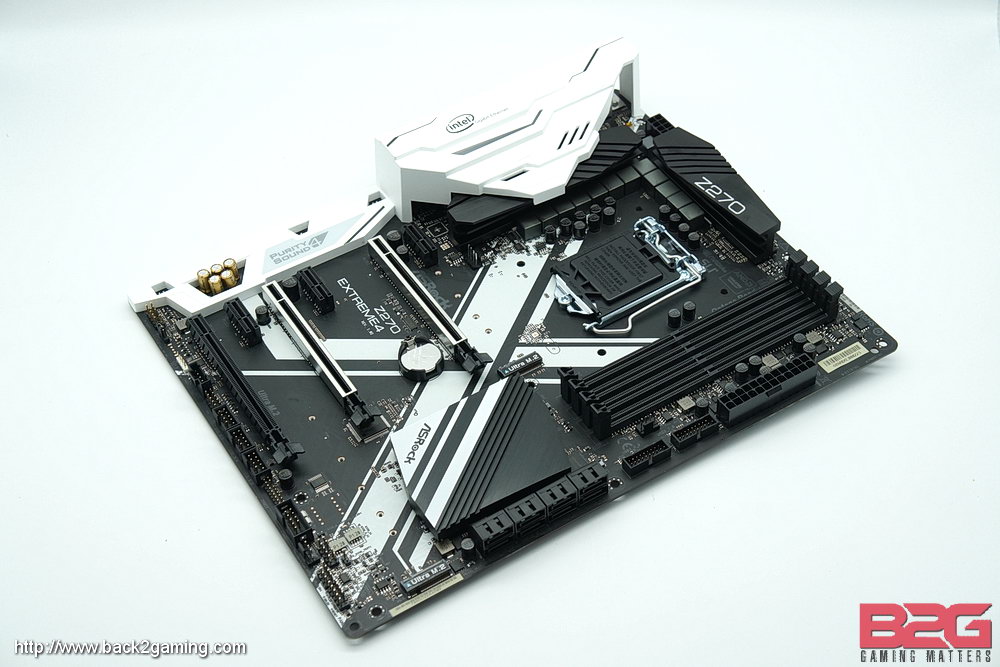
Read on and find out more the ASRock Z270 Extreme4!
Intel 7th-Generation Processors
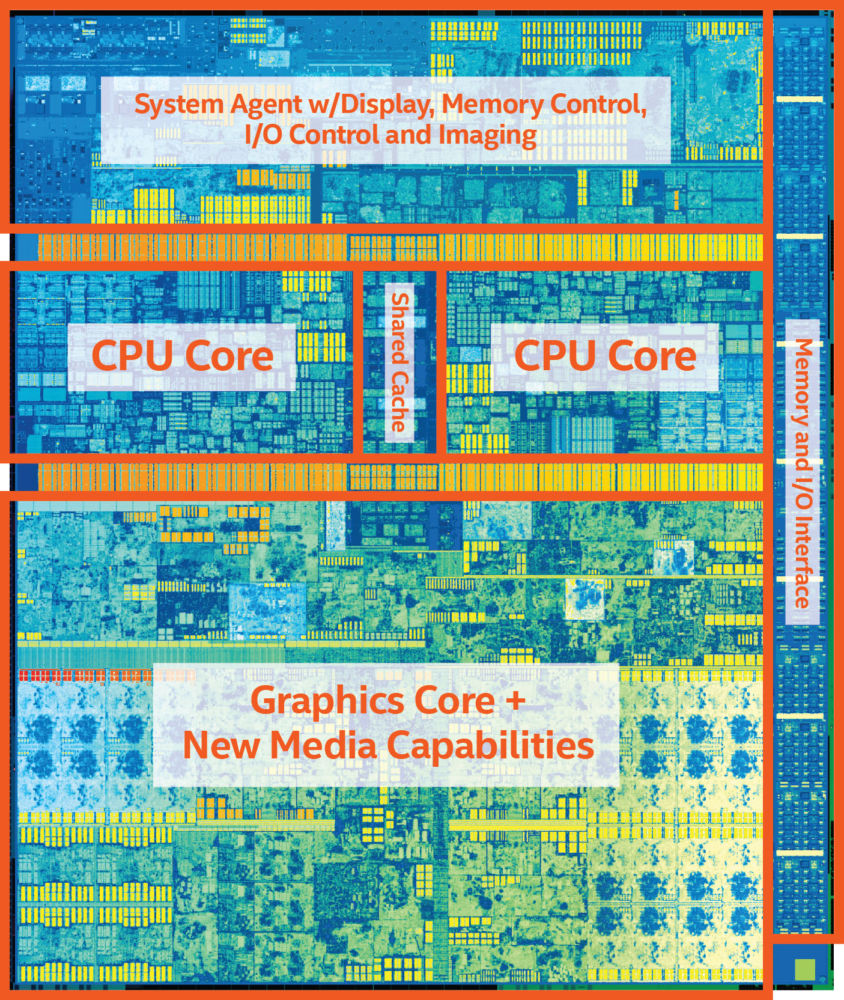
Intel’s Kaby Lake processors were already announced last year and introduced us to Intel’s new 14nm+ manufacturing technology which is said to improve on efficiency and performance on the existing 14nm process. The earlier Kaby Lake processors which came out were intended for low-powered applications which saw notebooks and other mobile platforms inheriting the new processors first. Today we get to see the products aimed for desktop consumers with the launch of Intel’s 200-series chipset and the new Kaby Lake desktop processors don’t distance themselves from their initial launch counterparts as they are still built on the same 14nm+ process. Intel’s touted improved fine profile and transistor channel strain are capable of providing a more stable platform to deliver more performance via the higher clock rates that the Kaby Lake processors tout than their previous Skylake counterpart.
One of the more important addition to Kaby Lake is support for Intel Optane technology which is essentially technology which allows systems that support it to utilize high-density memory that offers superior improvements over NAND. The 3D Xpoint deseign also utilizes 10 times DRAM capacity in the same surface area which is made possible by slicing submicroscopic layers of materials into columns containing memory cells. The layers are then inter-connected in a cross-point weave via perpendicular wires. Intel Optane offers superior low latency (measured in nanoseconds) and also is capable of retrieving data in a power outage.
Another heavily advertised feature is the updated integrated graphics processors (IGP) which offers faster native encode/decode of 4K content (4K HEVC 10-bit).
Below are a list of known Intel Kaby Lake processors to be launched with the most noteworthy being the flagship i7-7700K featuring 4 cores / 8 threads with a 4.2Ghz base frequency and has a maximum boost of 4.5Ghz. The processors has 8MB of L3 cache with a rated TDP of 91W. The estimated SRP for the i7-7700K is $349 retail. Next up is the Core i5-7600K which is a quad-core processor featuring a 3.6Ghz core frequency and a turbo frequency of 4.2Ghz. It also has 6MB of L3 cache and is rated for 91W TDP. The Core i5-7600K is expected to retail for $239.
The most unique of the known SKUs is the Core i3-7350K. Yes, you read that right, there will be a unlocked Core i3 processor in the desktop Kaby Lake stack. This particular processor is a dual-core part with Hyperthreading support. It runs with a 4.0Ghz core clock and has a turbo frequency of 4.2Ghz. It features 4MB L3 cache and is rated for 60W TDP. Its expected to launch after the initial wave of Kaby Lake desktop parts. The SRP is expected to be $177 retail. This processor has an unlocked multiplier which should really entice performance seekers and overclockers looking to get more from a less costly part.
| SKU | Cores/Threads | Core Clock | Boost Clock | L3 Cache | TDP | Socket | Price |
| Core i7-7700K | 4/8 | 4.2 GHz | 4.5 GHz | 8 MB | 91W | LGA1151 | $349 |
| Core i7-7700 | 4/8 | 3.6 GHz | 4.2 GHz | 8 MB | 65W | LGA1151 | $309 |
| Core i5-7600K | 4/4 | 3.8 GHz | 4.2 GHz | 6 MB | 91W | LGA1151 | $239 |
| Core i5-7600 | 4/4 | 3.5 GHz | 4.1 GHz | 6 MB | 65W | LGA1151 | $219 |
| Core i5-7500 | 4/4 | 3.4 GHz | 3.8 GHz | 6 MB | 65W | LGA1151 | $189 |
| Core i5-7400 | 4/4 | 3.0 GHz | 3.5 GHz | 6 MB | 65W | LGA1151 | $189 |
| Core i3-7350K | 2/4 | 4.2 GHz | N/A | 4 MB | 60W | LGA 1151 | $177 |
| Core i3-7320 | 2/4 | 3.9 GHz | 4.1 GHz | 4 MB | TBD | LGA 1151 | $166 |
| Core i3-7300 | 2/4 | 4.0 GHz | TBD | 4 MB | 51W | LGA1151 | $153 |
| Core i3-7100 | 2/2 | 3.9 GHz | TBD | 3 MB | 35W | LGA 1151 | $122 |
| Pentium G4620 | 2/4 | 3.7 GHz | N/A | 3 MB | 51W | LGA1151 | $98 |
| Pentium G4600 | 2/4 | 3.6 GHz | N/A | 3 MB | 51W | LGA 1151 | $87 |
| Pentium G4560 | 2/2 | 3.5 GHz | N/A | 2 MB | 35W | LGA 1151 | $68 |
| Pentium G3950 | 2/2 | 3.0 GHz | N/A | 2 MB | 35W | LGA1151 | $56 |
| Pentium G3930 | 2/2 | 2.9 GHz | N/A | 2 MB | 35W | LGA1151 | $45 |
Intel 200-Series Chipset
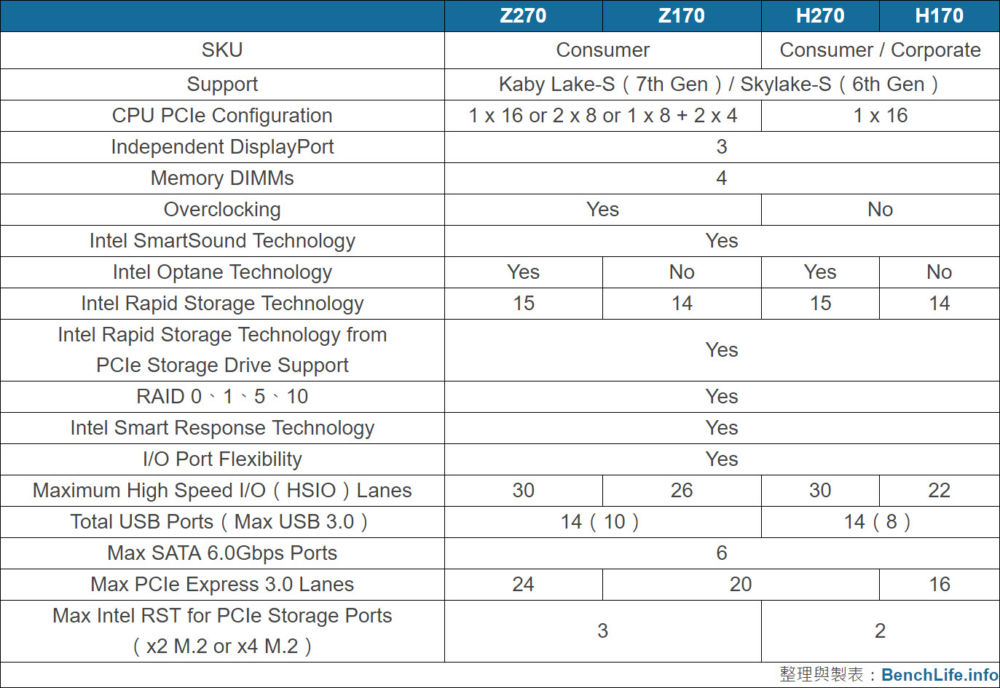
Complimenting the complete line-up of the Intel Kaby Lake processor family is the launch of Intel’s new 200-Series chipset family. The Intel Z270 is identical to the previous Z170 chipset in terms of PCIe configuration meaning they allow 1×16, 2×8, or 1×8+2×4 configurations with the H270 and H170 offering a single x16 config. Support for dual-channel memory is still present with up to 4 DIMMs available. As always, the high-end Z270 chipset will support multiplier overclocking on unlocked processors.
Noteworthy changes include support for Intel Optane as discussed above as well as increased high-speed I/O lanes, which sees the Z170 and H270 having 30 HSIO lanes compared to the 26 on the Z170 and 22 on the H170. USB ports have remained the same with 14 total with the Z270 having 10 USB3.0 and 8 for the H270. A total of 24 PCI-e lanes will be available to the Z270 and the H270 will have 20 PCI-e lanes which sees an increase to the 20 of the Z170 and 16 on the H170.
Unboxing
Product Gallery
The ASRock Z270 Extreme4 is a full-sized ATX motherboard featuring a noticeable black and white motiff. In the front, the board looks really clean with the large “X” printed on the PCB being the most iconic characteristic of the board. We see clean solder-work in the back and nothing much to pay attention to.
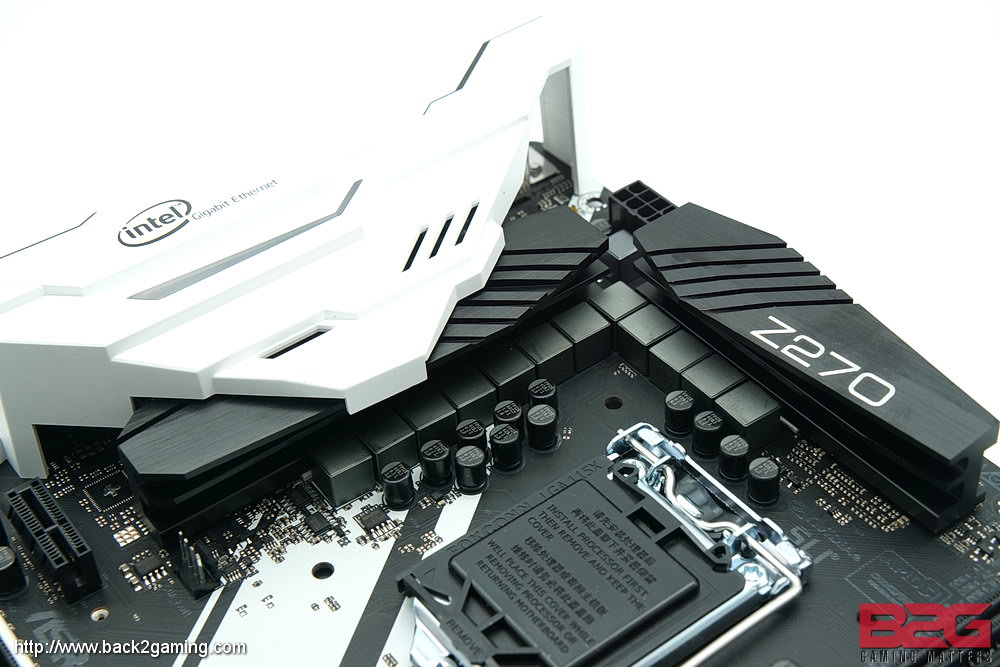
This motherboard features familiar heatsink designs on its VRM, a solid 10-phase design, which is reinforced by choice components by ASRock for improved endurance and stability.
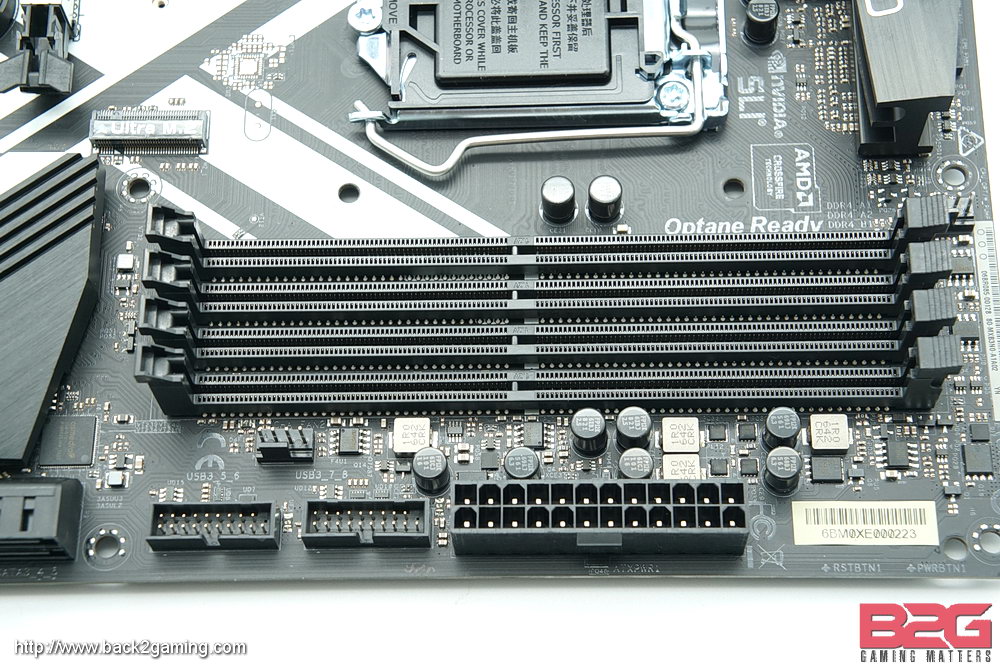
The ASRock Z270 Extreme4 officially supports up to DDR4-3866.
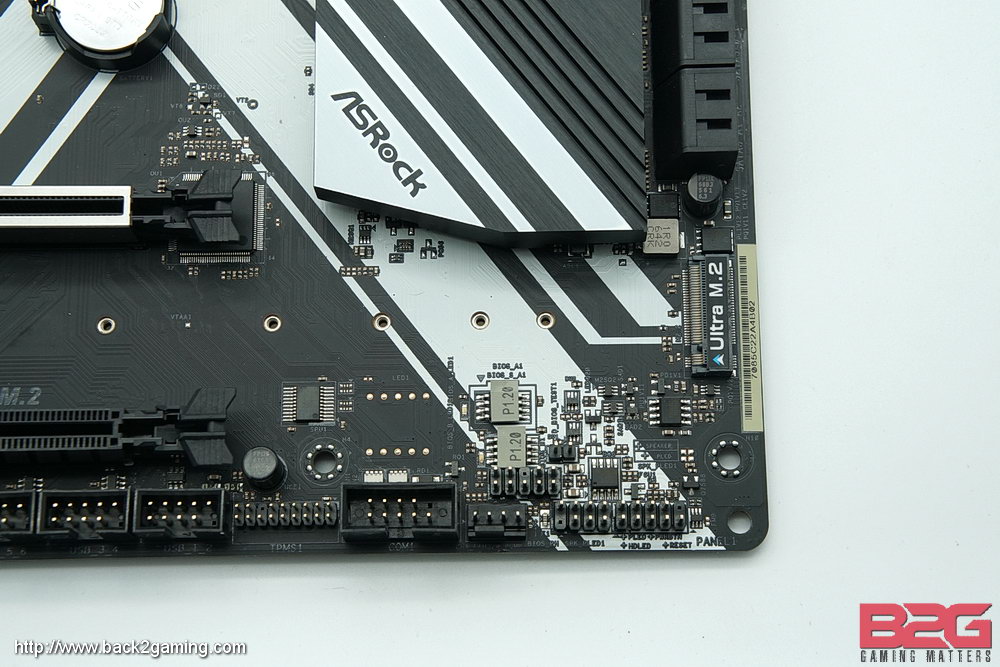
Right bottom corner of the board where we can see a host of headers and one of the M.2 slots for this motherboard.
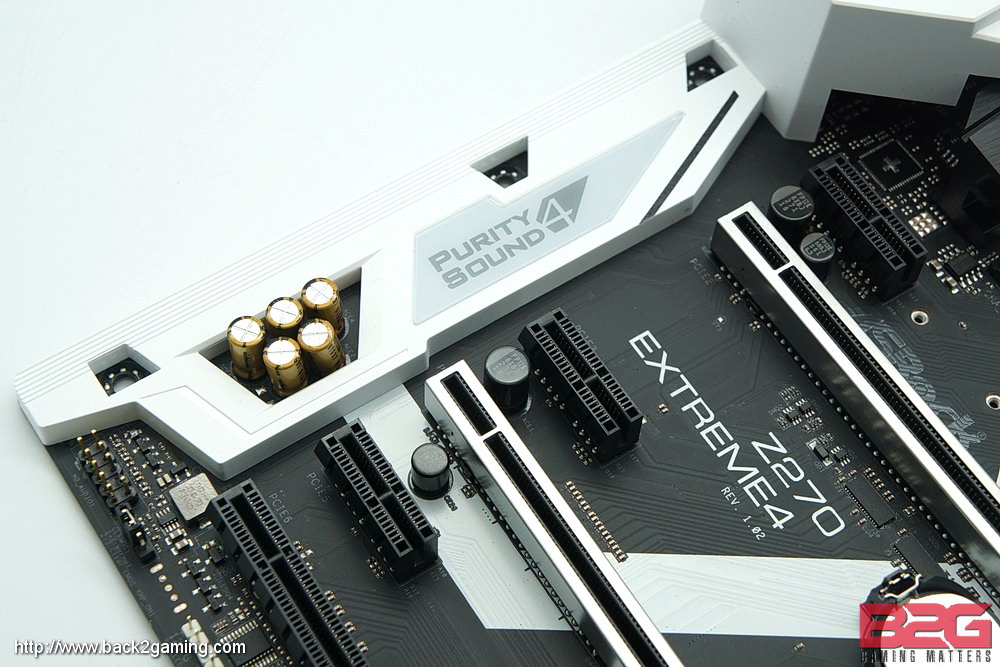
This motherboard features a Realtek ALC1220 sound chip reinforced by audiophile-grade components for improved sound quality.
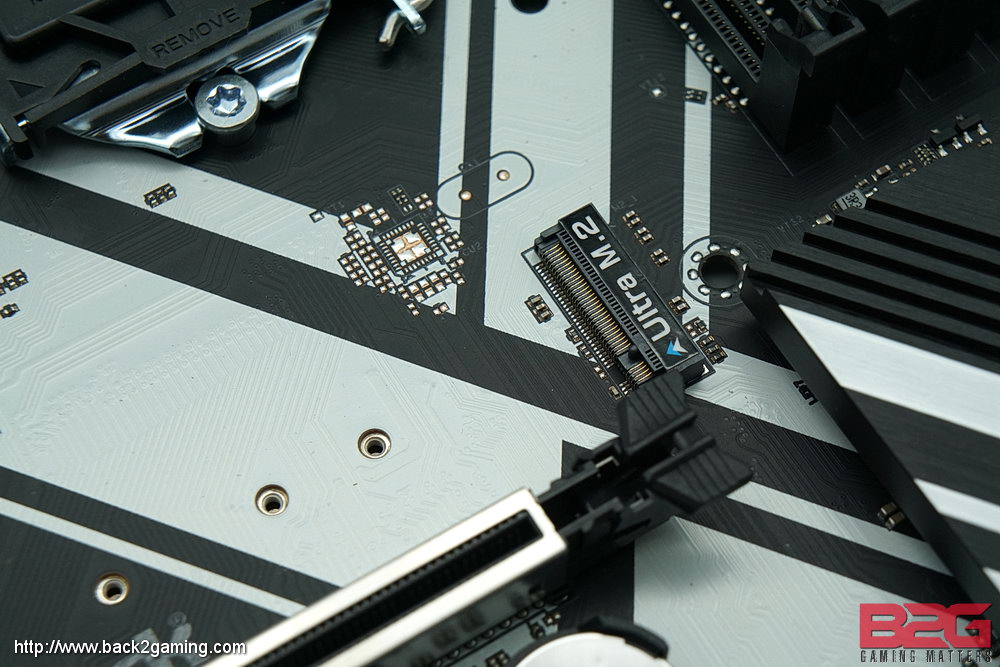
The other M.2 slot is in the center of the board, just above the first x16 PCIe slot.
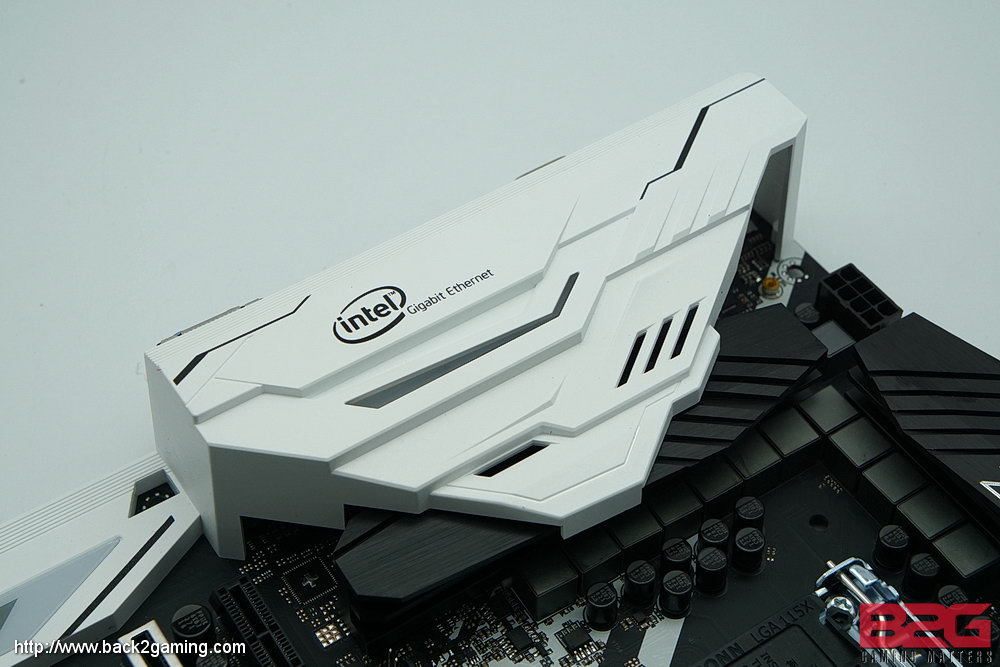
A large, stylized I/O shroud is placed on the left-edge of the board which covers the rear I/O and the audio PCB area. There are LEDs in this shroud for accent lighting.
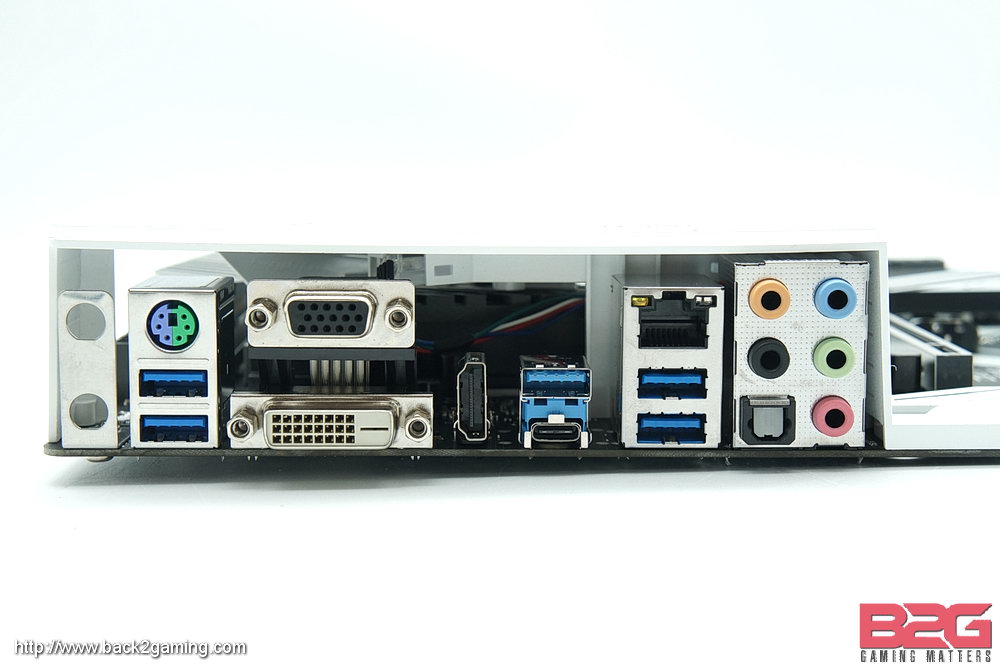
This motherboard features another M.2 slot for a WIFI/BT card but its not included in the board. The antenna can be inserted in the rear I/O via the screw holes as you can see above which are for the antenna ports. For the rest of the rear I/O we have legacy PS/2 port, USB3.0, video display which includes DVI, VGA and HDMI, USB3.1, an Intel LAN ethernet port and audio ports.
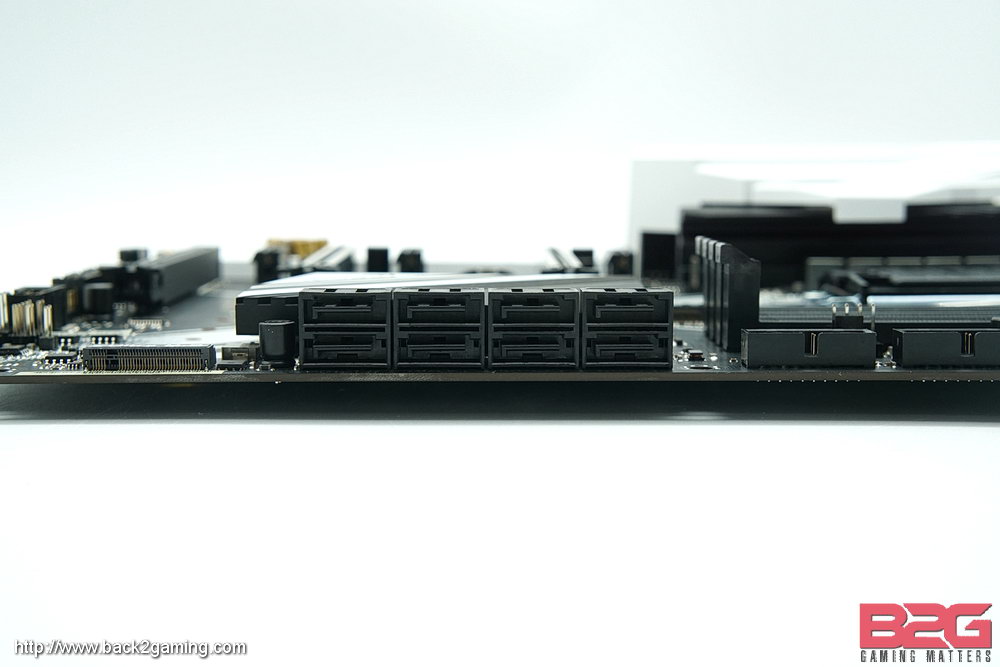
The board has a total of eight (8) SATAIII ports.
BIOS Walkthrough
Similar to the previous iterations of ASRock’s UEFI, the same interface is present in the UEFI BIOS for the ASRock Z270 Extreme4. A graphic background and improved responsiveness gives it a more modern touch but the options are familiar to previous ASRock users with options presented on respective tabs. Being an entry-level option, there’s still plenty of options to tweak around to refine performance.
Software Package
ASRock keeps it simple with a bare software package of drivers with a couple of extras like their APP charger and a trial copy of Norton.
Performance Testing
Test Setup
Processor: Intel Core i7-7700K
Motherboard: ASRock Z270 Extreme4
RAM: G.Skill Trident Z DDR4-3200 16GB (8GBx)
Storage: Intel SSD 750 400GB
Power Supply: Seasonic Platinum 1000W
Graphics Card: ASUS ROG Strix GTX 1080 OC
Display: ASUS ROG PG27A UHD Monitor
Starting with this generation, we will be shifting our attention to features rather than performance so we’ll keep commentaries on the benchmarks small if none at all. The data provided is for relative comparison only.
Performance Testing – Synthetic
wpDataChart with provided ID not found! wpDataChart with provided ID not found! wpDataChart with provided ID not found! wpDataChart with provided ID not found!Power & Temperature
We check to see how motherboard makers tune their default BIOS settings and see how it impacts temperatures and power consumption. The system is left to idle for 30 minutes before readings are taken and load data is taken 30 minutes while AIDA64 stress test is running. Power readings are taken for the entire system from the socket. Power draw for the entire system is captured for this test via an outlet wattmeter and temperatures via the brand software and confirmed with AIDA64 and Intel Extreme Tuning.
wpDataChart with provided ID not found! wpDataChart with provided ID not found!Thermals may look average in the graphs but thermal imaging does show our VRM area operating quite warm. Peak temps don’t break past 70*C though but higher ambient temps would’ve been appreciated.
Conclusion
ASRock is on a tough situation right now when it comes to motherboards as it has to contend in a period of time where budget conscious builders may not be looking at a Z270 board for a budget build provided the main advantage of the Kaby Lake processors sit in the relatively pricey unlocked processors. Still, the ASRock Z270 Extreme4 is a well-rounded motherboard and despite ASRock’s naming convention pegging it as a lower-end motherboard, its actually the current mainstream offering from the brand which features a solid entry-level feature set as well as modern inclusions that allow Kaby Lake system builders to build a decent gaming PC.
ASRock includes dual-M.2 slots, SLI support, and USB3 Type-C which allow some level of scalability for anyone using this board. Feature-wise, the board seems to be on the average side of what comes with mainstream Z270 boards this generation. Performance-wise, the UEFI BIOS still need maturing in terms of configuration but overall its a robust platform and there’s little to ask for if you want a motherboard that can accommodate a Kaby Lake CPU, allow overclocking, high-frequency memory support, multiple M.2 drive support and an eventual dual-GPU upgrade.
In terms of looks, the ASRock Z270 Extreme4 is one of the new wave of white on black motherboards and in ASRock’s stack, it sits beside the Taichi series of motherboards. Features will vary and we’ve yet to see any of the new Taichi board with 200-series chipset but for now, looks is the main common theme for both series with the predominantly black/white motiff.
Overall, the ASRock Z270 Extreme4 sits as the most affordable Z270 ATX board we have seen yet and its feature set is something to consider if you want a flexible build that offer a level of scalability without all the flashy modern trends and feature; just stable performance, good audio, decent LAN, multi-GPU support, etc.
Price / Where to Buy
USD: $205 ASRock Z270 Extreme 4
PHP: Php8370 (PCHUB)
ASRock backs the Z270 Extreme4 with a 1-year warranty. We give it our B2G Best Value Award!



